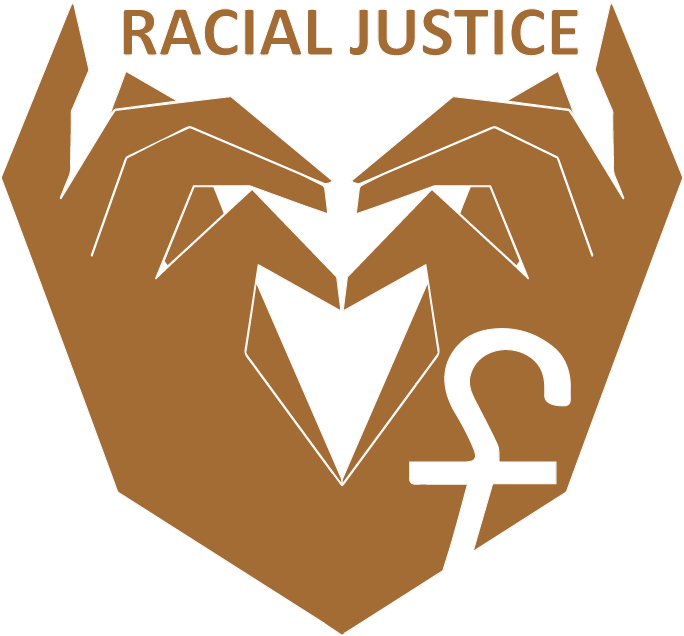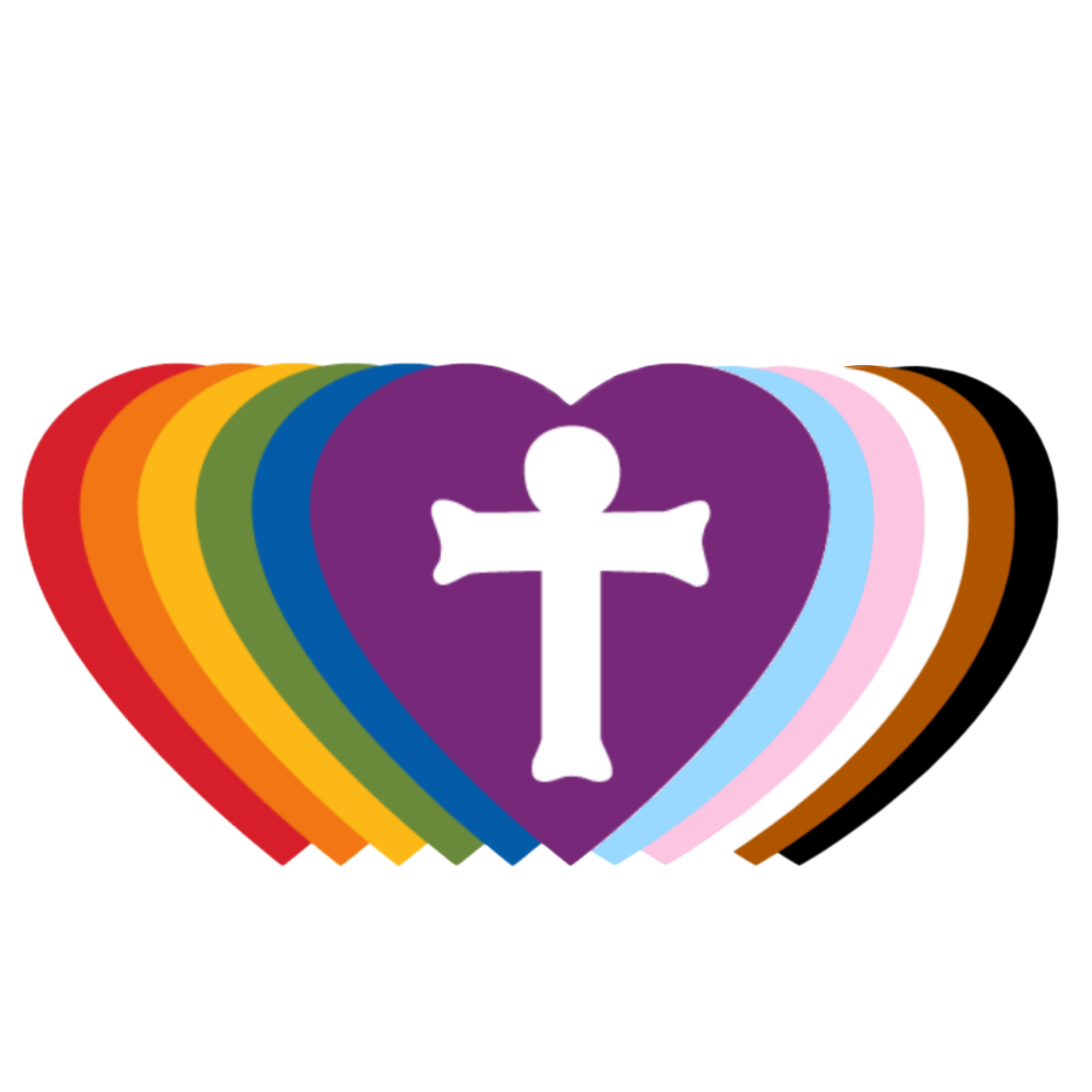Rev. Dr. Rolf Svanoe – Good Shepherd Lutheran Church Decorah, Iowa
Revelation 1:4-18
Several years ago, I received a phone call from my daughter, Siri, who was a student at St. Olaf College. One of the assignments in her Religion class was to read through the book of Revelation. She was disturbed and frightened by the images. This was different than anything else she had ever read in the Bible, and she had lots of questions.
I imagine many of you have had similar feelings about the book of Revelation. Most pastors don’t preach from Revelation. Some pastors are outright embar- rassed by it, or we are embarrassed by those who misinterpret it and hijack it to predict the end of the world. But there are good reasons to spend time in the book of Revelation. More than any other book of the Bible, Revelation has in- spired more art and hymns. Much of our liturgy which we sing comes straight out of Revelation. Did you know that Revelation is the only book in the Bible that promises a blessing to those who read it. My hope is that over the next five weeks you will fear it less and come to appreciate the message it can speak to our time.
Martin Luther himself had questions about Revelation, and early on thought this book did not deserve a place in the Bible. Later in life, he changed his mind. I saw this in 2016 when I had the privilege of serving as a volunteer chaplain in Luther’s hometown, Wittenberg, Germany. For two weeks I served in the Wittenberg English Ministry holding brief worship experiences for English speaking tourists who wanted more than their tour guides could give them. We held our daily worship in the City Church which is called the mother church of the Reformation and the place where Luther preached many of his sermons. We held our daily service in a small chapel next to the chancel. There on the wall behind the altar was a sandstone relief from before the time of Luther, a picture of Christ, the judge of the world. There was a sword coming from his mouth. It was part of the piety of the time before the Reformation and meant to scare people as they came for worship and put the fear of God into them. Luther disliked this image. He much preferred to focus on Christ as Savior instead of Christ as Judge.
The inspiration for that picture of Christ came straight from the first chapter of Revelation. The prophet John saw the Risen Christ. “I saw one like the Son of Man, clothed with a long robe … In his right hand he held seven stars, and from his mouth came a sharp, two-edged sword, and his face was like the sun shining with full force.” It was a terrifying vision, and John’s immediate reaction was to fall at Jesus’ feet as though dead. He was terrified! Can you just picture yourself in John’s position? You would be frightened too. But Jesus’ immediate response to him was to place his hand on him and say, “Don’t be afraid. I am the first and the last, and the living one. I was dead, and see, I am alive forever and ever; and I have the keys of Death and Hades.” Don’t be afraid!
What are you afraid of? There are lots of things for us to fear today. As a child, whenever I was afraid I would run to my mom or dad and they would put their hand on my head. It happened every time I watched the Wizard of Oz and the flying monkeys appeared. They terrified me. And somehow when mom or day would place a hand on my head it brought me comfort and reassured me that I was going to be okay. Jesus reached out in compassion to John, put his hand on him and told him not to fear. And Jesus is saying the same thing to us today, “Don’t be afraid.” There is a lot for us to be afraid of today. And Jesus would say the same thing to us that he said to the prophet John. Don’t be afraid of the future because I am with you. No matter what happens, nothing can separate you from my love for you.
As we get into Revelation I want to say a few things about how we read it. First, we read it the same way we read any other book of the Bible. We ask questions about what it meant when it was first written, and only then do we begin to ask what it might mean for us today. When we read the book of Romans we don’t assume that the Apostle Paul is writing to Christians living 2,000 years in the distant future. We shouldn’t do that with Revelation either. The book of Revelation does not reveal an end-time calendar; it reveals Jesus Christ. In fact, those are the very first words of the book. “The revelation of Jesus Christ.” This book is all about revealing Christ to Christians who lived in Asia Minor 1900 years ago. Many of those Christians were experiencing ostracism for their faith. Many of them were being tempted to give in to Roman Imperial propaganda. Some of them just gave in because it was easier to get ahead. When we realize what Christians back then were experiencing, we find that the book of Revelation can still speak so powerfully to Christians today.
The second thing we need to know is that John uses symbols to communicate important spiritual truths. John doesn’t mean what he says, he means what he means. He uses symbols to communicate truth, and those symbols are powerful. So when John talks about Jesus having a sword coming from his mouth, he is not talking about a literal sword. The sword is a symbol to show us the power of the Word of God.
We find the same symbol used in Hebrews chapter four where it says that “the word of God is living and active, sharper than any two-edged sword, piercing until it divides soul from spirit, joints from marrow; it is able to judge the thoughts and intentions of the heart. And before him no creature is hidden, but all are naked and laid bare to the eyes of the one to whom we must render an account.” God’s word is powerful. That’s what this symbol of a two-edged sword means. We can’t hide from God. The word of God pierces to the center of who we are. There are no masks God can’t look behind, no secret sins God doesn’t see. The word of God cuts into us, past all our defenses to show us the truth about who we are. God knows us and there is nothing we can hide from God.
If the word of God reveals who we are, we must remember that there are two edges to this sword. The Word of God also reveals whose we are. The word of God not only shows us our sins, but also shows us a Savior, who loves us. This is one of the very first things John tells us about Jesus. “To him who loves us and freed us from our sins by his blood.” In baptism, God claims us and gives us a new identity- child of God. The book of Revelation may be filled with bizarre and strange images, but there is nothing strange about this. “To him who loves us and freed us from our sins by his blood.” When life gets confusing, when the world seems frightening, this simple phrase keeps us grounded in our faith. When terror strikes, or extreme weather destroys everything, when a sudden stroke takes a loved one from us, or a cancer diagnosis turns our world upside down, that’s when we need to feel Jesus’ hand on our shoulders and his words in our ears, “Don’t be afraid. I am the first and the last, and the living one. I was dead, and see, I am alive forever and ever; and I have the keys of Death and Hades.” Jesus is the faithful witness, the one who spoke truth to power, a truth the powerful didn’t want to hear. And they killed Jesus for it. But God raised him from the dead to show us that truth, love and forgiveness, not hatred and violence, are the greatest powers of change in this world. In this Easter season, this is the good news that we celebrate. Jesus is risen from the dead. We need not fear God, we need not fear death, and we need not fear the future.
As we journey through this bizarre book over the next four weeks, I want to invite you to memorize this verse and say it to yourself over and over again. “To him who loves us and freed us from our sins by his blood.” If we remember this, it will keep us grounded and help us face our fears. Christ is risen from the dead. He is risen indeed. Alleluia!



